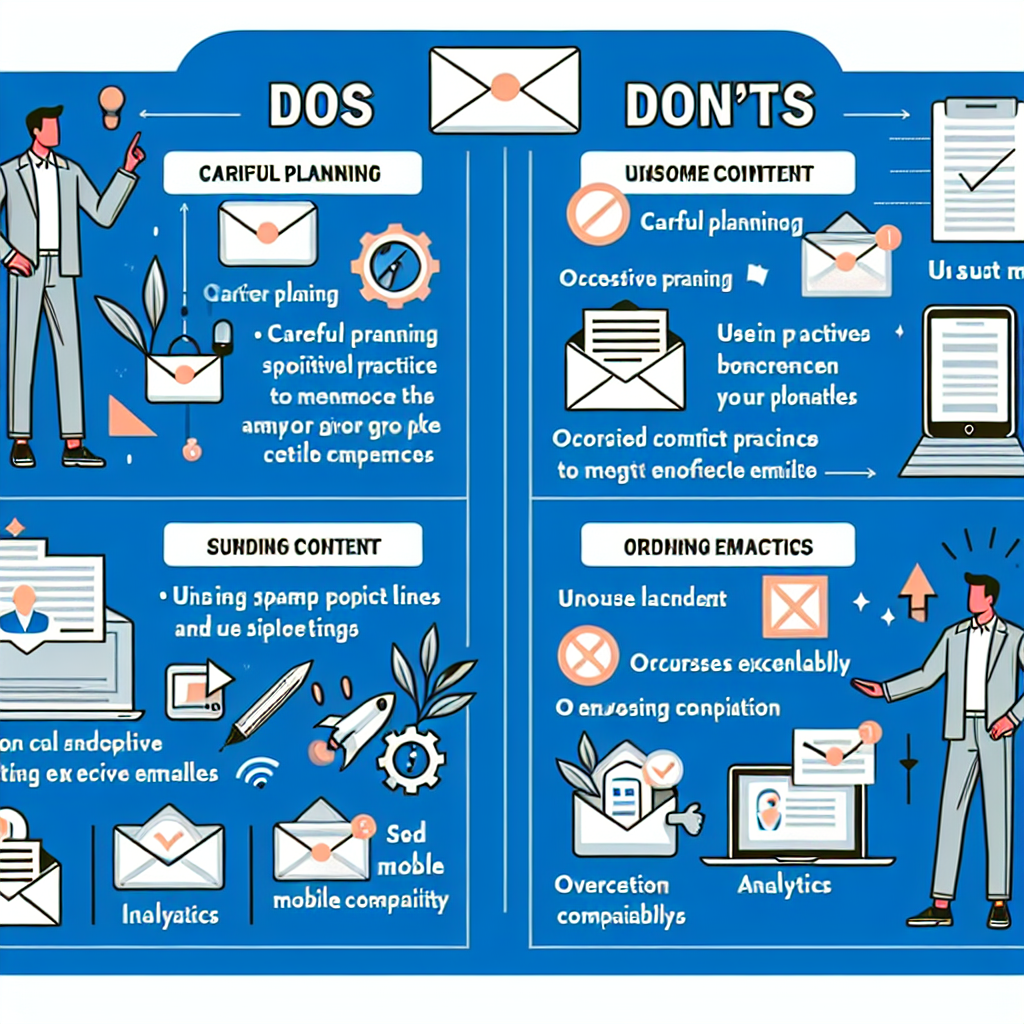Drip Campaigns: What They Are and How to Use Them
In the fast-paced world of digital marketing, staying relevant and engaging with your audience is more important than ever. One effective strategy to achieve this is through drip campaigns. But what exactly are drip campaigns, and how can you utilize them to boost your marketing efforts? In this blog post, we’ll dive deep into the world of drip campaigns, providing you with actionable insights and tips to implement them successfully.
What Are Drip Campaigns?
Drip campaigns, also known as automated email campaigns or lifecycle emails, are a series of pre-written emails sent to subscribers over a specific period. These emails are triggered based on user actions, time intervals, or specific dates. The primary goal of a drip campaign is to nurture leads, keep your audience engaged, and ultimately drive conversions.
Why Drip Campaigns Are Important
Drip campaigns are a powerful tool for several reasons:
- Automation: Drip campaigns save time by automating the process of sending emails, allowing you to focus on other crucial aspects of your business.
- Personalization: These campaigns can be tailored to individual user behavior, ensuring that your messages are relevant and timely.
- Engagement: By consistently delivering valuable content, you keep your audience engaged and build stronger relationships.
- Conversion: Drip campaigns help nurture leads through the sales funnel, increasing the likelihood of conversions.
Types of Drip Campaigns
Welcome Drip Campaigns
Welcome drip campaigns are designed to introduce new subscribers to your brand and set the tone for future communications. Typically, these campaigns include:
- A welcome email thanking the subscriber for joining
- Information about your brand and its values
- Resources or content to help the subscriber get started
Onboarding Drip Campaigns
Onboarding campaigns guide new users through the process of using your product or service. These emails often include:
- Step-by-step tutorials
- Tips and best practices
- Encouragement to complete specific actions
Nurturing Drip Campaigns
Nurturing campaigns aim to build relationships with leads who are not yet ready to make a purchase. These campaigns can include:
- Educational content
- Case studies and success stories
- Special offers and promotions
Re-engagement Drip Campaigns
Re-engagement campaigns target inactive subscribers, encouraging them to re-engage with your brand. These emails often feature:
- Special discounts or offers
- Surveys to understand why they became inactive
- Updates on new products or features
Steps to Create an Effective Drip Campaign
1. Define Your Goals
Before creating a drip campaign, it’s essential to define your goals. Are you looking to increase sales, improve customer retention, or educate your audience? Clear goals will guide your content and strategy.
2. Segment Your Audience
Segmentation allows you to tailor your messages to specific groups within your audience. Common segmentation criteria include:
- Demographics (age, gender, location)
- Behavior (purchase history, website interactions)
- Engagement level (active vs. inactive subscribers)
3. Create Compelling Content
The success of your drip campaign hinges on the quality of your content. Ensure that each email provides value, whether through educational content, exclusive offers, or personalized recommendations. Use compelling subject lines and clear calls-to-action (CTAs) to encourage engagement.
4. Set Up Triggers and Timing
Drip campaigns rely on triggers to determine when an email should be sent. Common triggers include:
- User actions (e.g., signing up for a newsletter, abandoning a cart)
- Time-based triggers (e.g., sending a follow-up email three days after the initial contact)
- Specific dates (e.g., birthday or anniversary emails)
Timing is crucial for drip campaigns. Sending emails too frequently can overwhelm your audience, while waiting too long can lead to disengagement. Test different intervals to find the optimal timing for your audience.
5. Monitor and Optimize
Once your drip campaign is live, monitor its performance regularly. Key metrics to track include:
- Open rates
- Click-through rates (CTR)
- Conversion rates
- Unsubscribe rates
Use these insights to optimize your campaign. A/B testing different elements, such as subject lines, email content, and CTAs, can help you identify what resonates best with your audience.
Examples of Successful Drip Campaigns
Example 1: Shopify’s Onboarding Campaign
Shopify uses an effective onboarding campaign to help new users get started with their platform. The campaign includes a series of emails that guide users through the setup process, provide tips for success, and encourage them to explore various features. This approach helps new users feel supported and increases their likelihood of becoming long-term customers.
Example 2: Dropbox’s Re-engagement Campaign
Dropbox’s re-engagement campaign targets inactive users with personalized emails highlighting new features and offering incentives to return. By showcasing the platform’s continuous improvements and providing a compelling reason to re-engage, Dropbox successfully brings back dormant users.
Example 3: Amazon’s Abandoned Cart Campaign
Amazon’s abandoned cart campaign is a prime example of leveraging user behavior to drive conversions. When a user adds items to their cart but doesn’t complete the purchase, Amazon sends a series of reminder emails featuring the abandoned items, personalized recommendations, and limited-time offers to encourage completion of the purchase.
Actionable Tips for Your Drip Campaigns
1. Personalize Your Emails
Personalization goes beyond using the recipient’s name. Tailor your content based on user behavior, preferences, and demographics to make your emails more relevant and engaging.
2. Keep It Concise
In today’s fast-paced world, people have limited time and attention spans. Keep your emails concise and to the point, focusing on delivering value without overwhelming your audience.
3. Use Visuals Wisely
Visual elements, such as images and videos, can enhance your emails and make them more engaging. However, use visuals wisely to ensure they complement your message and don’t distract from your CTA.
4. Test and Iterate
Continuous improvement is key to the success of your drip campaigns. Regularly test different elements, analyze the results, and iterate based on your findings to optimize your campaigns over time.
5. Provide Value
Every email in your drip campaign should provide value to the recipient. Whether it’s educational content, exclusive offers, or personalized recommendations, ensure that your emails are worth the reader’s time.
Conclusion
Drip campaigns are a powerful tool for engaging with your audience, nurturing leads, and driving conversions. By understanding the different types of drip campaigns, following best practices, and continuously optimizing your strategy, you can create effective campaigns that deliver results. Start implementing drip campaigns today and watch your marketing efforts soar to new heights.
Remember, the key to a successful drip campaign is to provide value, personalize your messages, and maintain a consistent and engaging communication flow. With the right approach, drip campaigns can become an integral part of your digital marketing strategy, helping you build stronger relationships with your audience and achieve your business goals.

